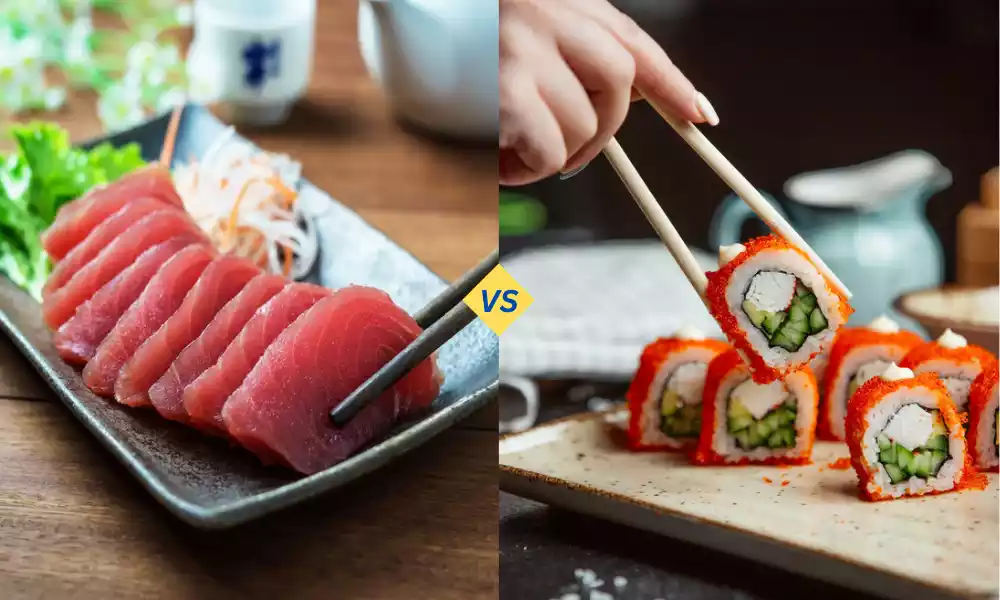Brown rice and white rice are two popular varieties of rice, differing mainly in processing and nutritional content. Brown rice is a whole grain, meaning it contains all parts of the grain — the bran, germ, and endosperm. This contributes to its higher fiber content and richer nutritional profile, including vitamins like B1, B3, B6, and minerals such as magnesium, phosphorus, and iron.
White rice is a refined grain, stripped of the bran and germ, leaving mostly the starchy endosperm. This process reduces its fiber and nutrient content, although it’s often enriched with vitamins and minerals during manufacturing. White rice is softer and tends to cook more quickly than brown rice, which has a chewier texture and a nuttier flavor. The choice between brown and white rice can depend on nutritional needs, cooking time, and personal taste preferences.
Explanation of Brown Rice
Brown rice is a whole grain rice with a mild, nutty flavor and a chewy texture. It’s considered more nutritious than white rice because it undergoes less processing, retaining more of its natural nutrients. When rice is processed to make brown rice, only the outermost layer, the hull, is removed, preserving the nutrient-packed bran and germ layers. This makes brown rice rich in nutrients like fiber, vitamins (such as B vitamins), minerals (like magnesium, manganese, and phosphorus), and antioxidants.

The higher fiber content in brown rice has several health benefits. It helps in improving digestive health, aiding in cholesterol control, and promoting a feeling of fullness, which can be beneficial for weight management. Additionally, brown rice has a lower glycemic index than white rice, meaning it has a lesser impact on blood sugar levels, making it a favorable choice for people with diabetes or those looking to manage their blood sugar.
Brown rice does have a longer cooking time compared to white rice and a shorter shelf life due to the presence of natural oils in the bran and germ. It’s versatile in cooking and can be used in a variety of dishes, from stir-fries and salads to pilafs and desserts.
Explanation of White Rice
White rice is a type of refined grain that is widely consumed around the world. It’s made by removing the outer layers of the rice grain – the husk, bran, and germ – leaving primarily the starchy endosperm. This process results in a grain that is lighter in texture and color, with a soft, fluffy consistency when cooked.
The refining process that produces white rice also strips away many of the grain’s natural nutrients. While brown rice retains its bran and germ, white rice lacks these components, resulting in lower levels of fiber, vitamins, and minerals. In many countries, white rice is often enriched with vitamins and minerals, such as iron and B vitamins, to replace some of the nutrients lost during processing.
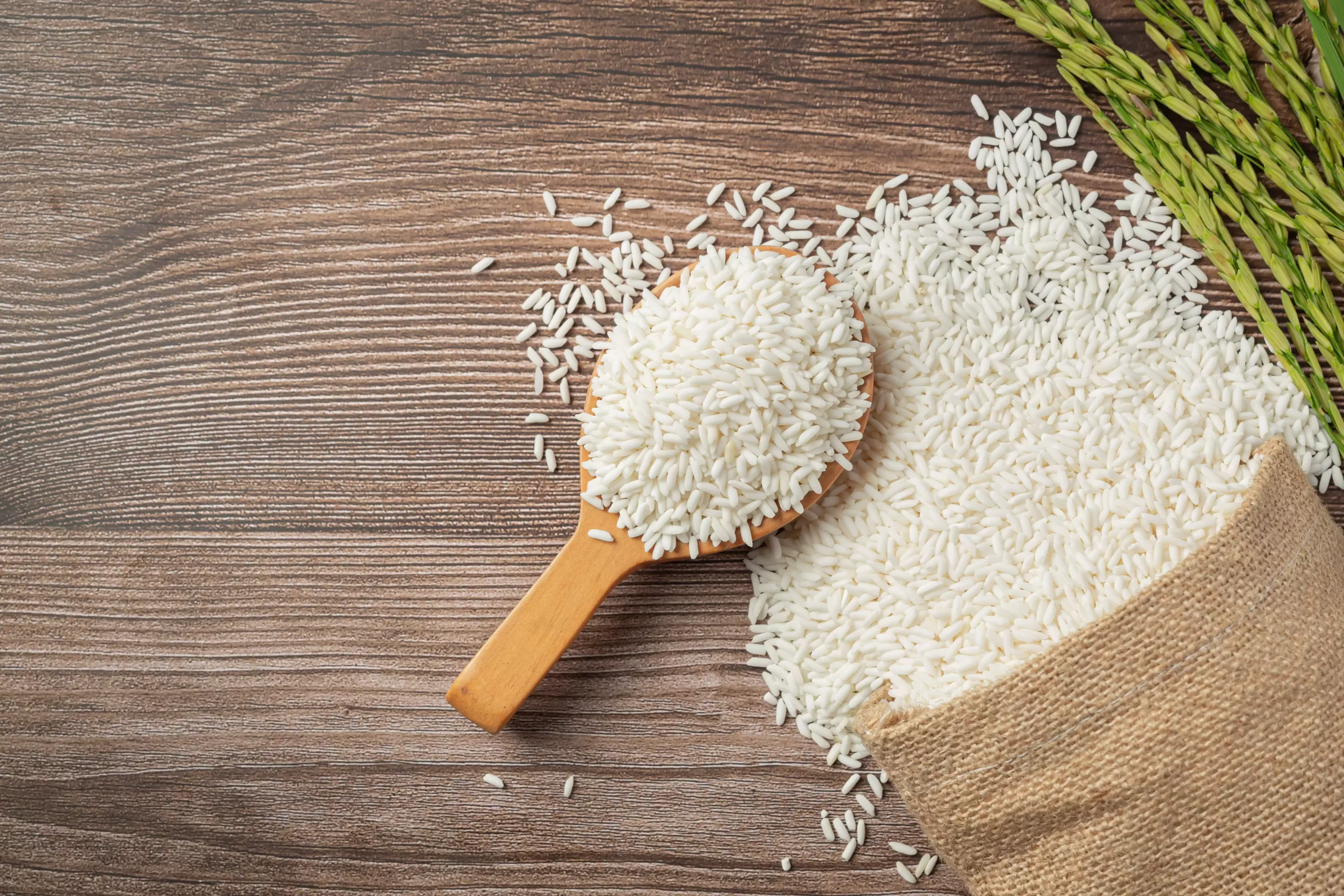
White rice has a higher glycemic index than brown rice, which means it can cause a quicker spike in blood sugar levels. This makes it less suitable for individuals with diabetes or those managing blood sugar levels for other health reasons. Its milder flavor and softer texture make it a versatile ingredient in a wide range of dishes, from stir-fries and sushi to puddings and rice bowls.
The quicker cooking time and longer shelf life of white rice compared to brown rice make it a convenient and popular choice in many households. Its neutral flavor also makes it an excellent base for absorbing the flavors of other ingredients in a dish.
Cultural and Historical Context
Rice holds significant cultural and historical importance in various regions around the world. Its influence can be seen in culinary traditions, agricultural practices, and even in religious and ceremonial contexts.
Asia
- Central Role in Diet: In many Asian countries, rice is the staple food. It’s integral to the diet and often consumed at every meal.
- Agriculture: The domestication and cultivation of rice are deeply rooted in the history of countries like China, India, and Japan, dating back thousands of years.
- Cultural Practices: In many Asian cultures, rice is more than just food; it’s a symbol of life and fertility. In Japan, for example, rice is associated with the sun goddess Amaterasu and plays a role in Shinto rituals.
- Festivals: Many Asian festivals and celebrations, like the Mid-Autumn Festival in China and Pongal in India, involve special rice dishes.
Africa
- Staples in West Africa: In West African countries like Senegal and Nigeria, rice dishes like Jollof rice and Thieboudienne are central to the cuisine.
- Historical Trade: The introduction of rice to the Americas is often traced back to the transatlantic slave trade, where African slaves brought their knowledge of rice cultivation.
Americas
- Colonial Crop: In the United States, rice cultivation became a significant industry in the South during the colonial period, particularly in states like South Carolina and Louisiana.
- Cultural Significance: In Latin American countries, rice is a staple ingredient in many dishes, such as Mexican rice and Arroz con Pollo in various Central and South American cuisines.
Europe
- Mediterranean Cuisine: In countries like Spain and Italy, rice is a key ingredient in dishes like paella and risotto, respectively.
Religious and Mythological Significance
- In Hinduism, rice holds great significance and is used in various rituals and ceremonies.
- In Buddhist traditions, rice is often used as an offering and symbolizes prosperity and fertility.
Economic and Social Impact
- Global Trade: Rice is a major agricultural commodity in global trade.
- Social Structure: In many rice-growing regions, the cultivation and distribution of rice have historically influenced social structures and class systems.
Technological Advances
- Green Revolution: The development of high-yield rice varieties during the Green Revolution in the 1960s significantly impacted rice production, particularly in Asia.
- Genetic Modification: Advances in technology have led to the development of genetically modified rice strains to address issues like vitamin deficiencies (e.g., Golden Rice).
Comparison Table of Brown Rice vs White Rice
Here’s a comparison table outlining the key differences between brown rice and white rice:
| Aspect | Brown Rice | White Rice |
| Processing | Only the outer hull is removed. | The hull, bran, and germ are removed. |
| Nutrient Content | Higher in fiber, vitamins (like B vitamins), and minerals (like magnesium, phosphorus, and iron). | Lower in fiber and nutrients due to processing, but often enriched with vitamins and minerals. |
| Texture and Flavor | Chewier texture and a nuttier flavor. | Softer texture and a more neutral flavor. |
| Glycemic Index | Lower, which can be better for blood sugar control. | Higher, leading to quicker spikes in blood sugar. |
| Cooking Time | Longer compared to white rice. | Shorter cooking time. |
| Shelf Life | Shorter due to natural oils in the bran and germ. | Longer shelf life due to removal of oil-rich layers. |
| Health Benefits | Promotes digestive health, aids in cholesterol control, and helps in weight management. | Often enriched to provide essential nutrients, easy to digest. |
| Culinary Use | Versatile in various dishes, from salads to stir-fries. | Widely used in numerous cuisines, from sushi to puddings. |
Benefits of Brown Rice
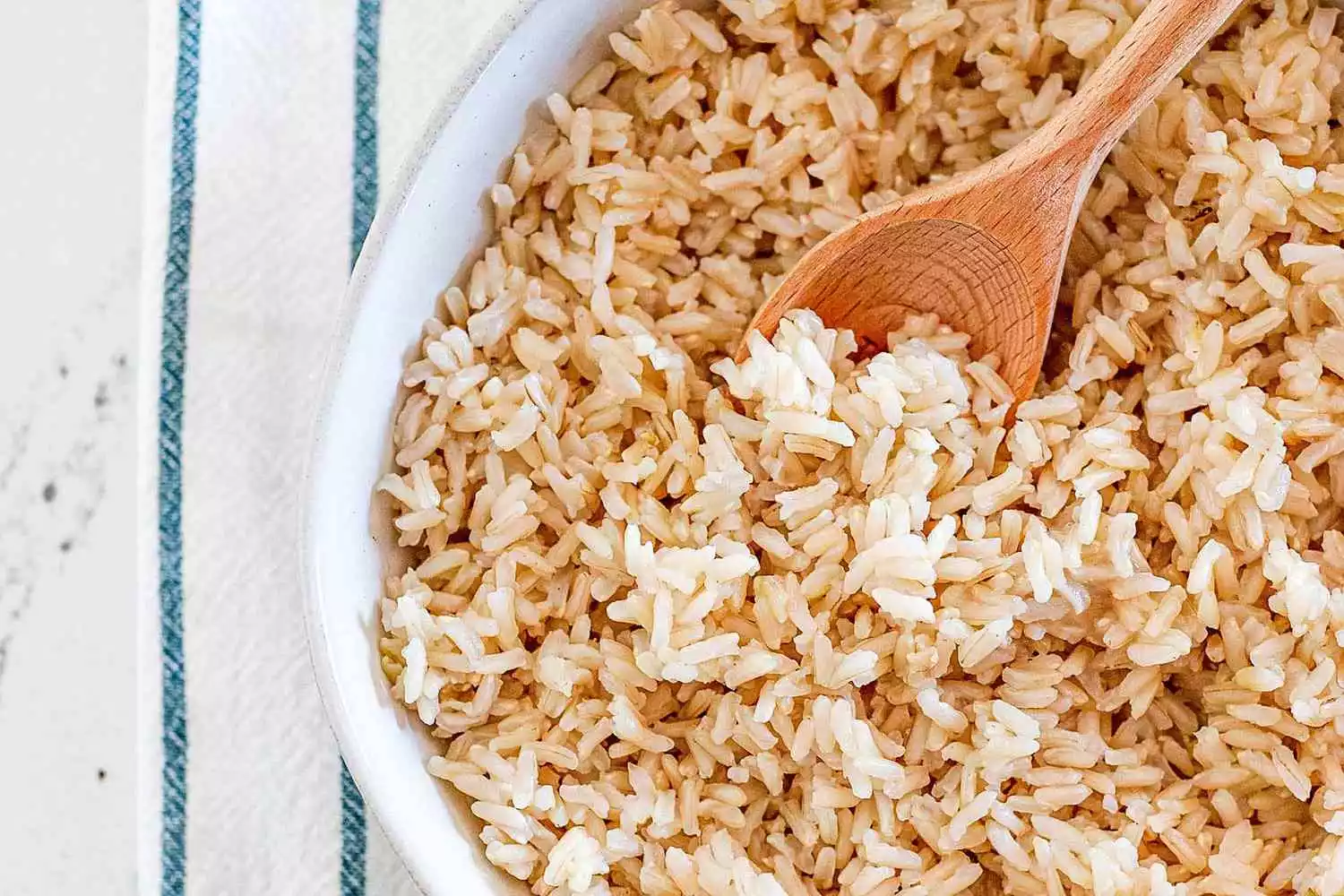
Brown rice offers several health benefits, primarily due to its status as a whole grain and its rich nutrient profile:
- Rich in Nutrients: Brown rice retains its bran and germ, making it a good source of vitamins like B1, B3, and B6, and minerals such as magnesium, phosphorus, selenium, and iron.
- High in Fiber: The high fiber content helps in improving digestive health, promoting regular bowel movements, and may help in preventing colon cancer.
- Better Blood Sugar Control: Its lower glycemic index compared to white rice makes it a better choice for blood sugar regulation, which is particularly beneficial for people with diabetes or those at risk.
- Heart Health: Brown rice contains compounds that help in lowering bad cholesterol levels, reducing the risk of heart disease. The fiber, magnesium, and selenium in brown rice are also beneficial for heart health.
- Weight Management: The fiber in brown rice helps in creating a sense of fullness, which can reduce calorie intake and aid in weight management.
- Rich in Antioxidants: Brown rice is a good source of antioxidants, which help in combating oxidative stress and reducing inflammation in the body.
- Reduced Risk of Metabolic Syndrome: Regular consumption of brown rice has been linked with a reduced risk of metabolic syndrome, a cluster of conditions that increase the risk of heart disease, stroke, and type 2 diabetes.
- Gluten-Free: Brown rice is naturally gluten-free, making it a great grain option for people with gluten sensitivities or celiac disease.
- Promotes Women’s Health: The high fiber content in brown rice has been associated with a reduced risk of breast cancer, and its richness in nutrients supports overall women’s health.
- Satiety and Energy: The complex carbohydrates in brown rice provide long-lasting energy and keep you full for a longer time, helping in maintaining energy levels throughout the day.
Incorporating brown rice into your diet can be a step towards a healthier eating pattern, offering a range of nutrients and health benefits.
Cons of Brown Rice
Brown rice, despite its numerous health benefits, also has some drawbacks that might make it less suitable for certain individuals or situations:
- Longer Cooking Time: Brown rice takes longer to cook than white rice, which can be inconvenient for those with limited time for meal preparation.
- Chewy Texture and Nutty Flavor: Some people may not prefer the chewier texture and nuttier flavor of brown rice compared to the softer, milder white rice.
- Shorter Shelf Life: The natural oils present in the bran and germ can cause brown rice to spoil faster than white rice, reducing its shelf life.
- Phytic Acid Content: Brown rice contains phytic acid, an antinutrient that can bind minerals and reduce their absorption. This is particularly a concern for those who rely on rice as a staple and may not get enough diverse nutrients.
- Potential for Higher Arsenic Levels: Brown rice tends to accumulate more arsenic from the environment compared to white rice. Arsenic exposure is a concern, especially for children and pregnant women, as it can have health implications.
- Harder to Digest: For some individuals, especially those with digestive issues, the high fiber content in brown rice can be harder to digest compared to white rice.
- Allergen Potential: While rice allergies are rare, brown rice might pose a higher risk of allergic reactions compared to white rice due to its more complex composition.
- Cost: Brown rice is often more expensive than white rice, which can be a consideration for budget-conscious consumers.
- Limited Availability: In some regions, brown rice may not be as readily available as white rice, limiting access for some consumers.
- Cooking Technique Sensitivity: Cooking brown rice requires a bit more precision in terms of water-to-rice ratio and cooking time, which might be challenging for some.
While these drawbacks do not negate the health benefits of brown rice, they are important considerations for dietary choices, especially in terms of personal preferences, nutritional needs, and lifestyle factors.
Benefits of White Rice
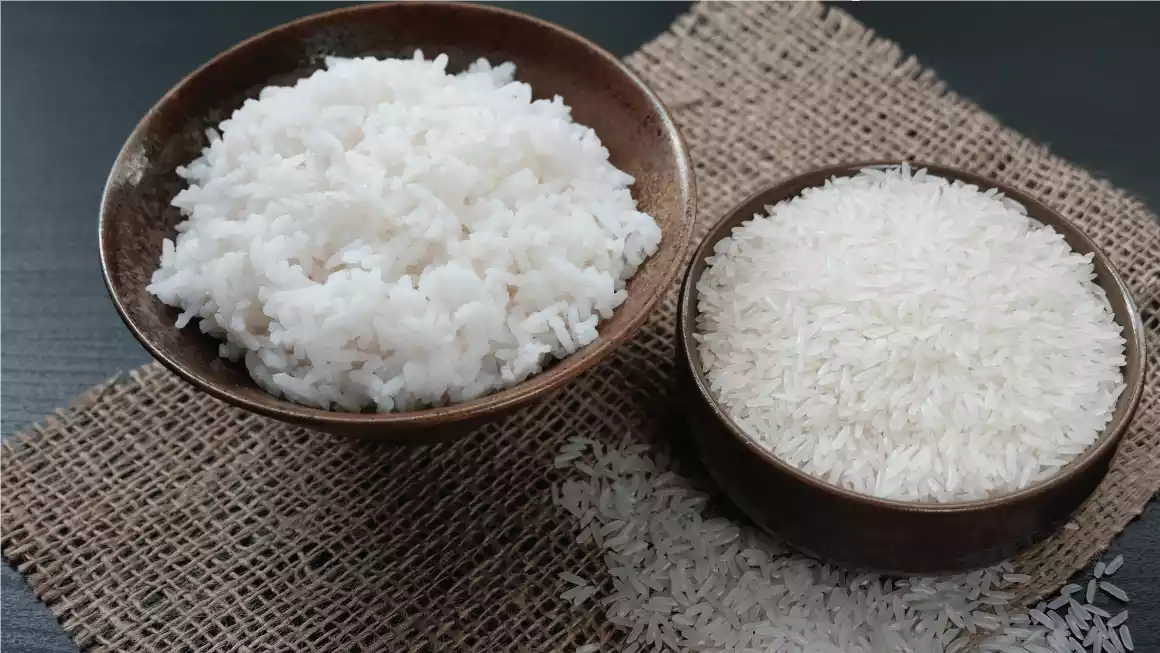
White rice, while often viewed as less nutritious than brown rice due to its refining process, still offers several benefits, making it a popular food choice worldwide:
- Easy to Digest: White rice has a softer texture and is easier on the digestive system, making it a suitable option for people with digestive issues or those who require a bland diet.
- Quick Energy Source: As a refined carbohydrate, white rice provides a quick source of energy, which can be beneficial for athletes or those needing a fast energy boost.
- Enrichment with Nutrients: In many countries, white rice is enriched with essential nutrients such as iron and B vitamins (like folic acid), which help in compensating for the loss of natural nutrients during the refining process.
- Low in Fat and Cholesterol-Free: White rice is low in fat and does not contain cholesterol, making it a suitable part of various diet plans.
- Gluten-Free: Like brown rice, white rice is naturally gluten-free, which makes it a safe grain choice for people with gluten intolerance or celiac disease.
- Versatile Culinary Ingredient: Its neutral flavor and softer texture make white rice a versatile ingredient in a wide array of dishes, from savory meals to sweet desserts.
- Long Shelf Life: White rice, due to the removal of its oil-rich layers, has a longer shelf life than brown rice. This makes it a convenient staple that can be stored for long periods.
- Cultural Importance: In many cultures, white rice is a staple food and a key component of traditional dishes, playing an important role in culinary heritage and practices.
- Easy to Cook: White rice has a relatively short cooking time and is simpler to prepare compared to brown rice, making it a convenient choice for quick meals.
- Low Risk of Allergies: Rice, in general, has a very low risk of causing allergic reactions, which makes white rice a safe choice for most people, including infants and those with multiple food allergies.
While white rice is less nutrient-dense compared to whole grains like brown rice, it still has a place in a balanced diet, especially when combined with a variety of other nutritious foods.
Cons of White Rice
White rice, despite being a staple food in many cultures, has certain drawbacks, especially when considered from a nutritional and health perspective:
- Lower Nutritional Value: The milling process removes the bran and germ, stripping away fiber, vitamins, and minerals. Even though enriched, white rice still lacks some of the nutritional content found in whole grains like brown rice.
- High Glycemic Index: White rice has a high glycemic index, which means it can cause rapid spikes in blood sugar levels. This can be a concern for people with diabetes or those at risk of developing diabetes.
- Lack of Fiber: The low fiber content in white rice can impact digestive health and may contribute to constipation. Fiber is also crucial for maintaining a healthy weight and lowering the risk of certain diseases.
- Risk of Metabolic Disorders: Regular consumption of large amounts of white rice has been associated with an increased risk of metabolic syndrome, obesity, and type 2 diabetes.
- Arsenic Exposure: Like brown rice, white rice can contain arsenic. However, some studies suggest that the milling process might reduce arsenic levels compared to brown rice.
- Less Satiating: White rice is less filling due to its lower fiber content. This might lead to increased calorie consumption, which can be a concern for weight management.
- Environmental Impact: The processing of white rice requires more resources and may have a larger environmental impact compared to minimally processed grains.
- Lack of Variety in Diet: Overreliance on white rice can lead to a lack of dietary diversity, which is crucial for obtaining a wide range of nutrients.
- Potential for Allergies: Although rare, some people might have an allergy or intolerance to rice or rice-based products.
- Not Suitable for All Diets: For those following specific diets that emphasize whole foods (like whole food plant-based diets), white rice might not be the preferred choice due to its processing.
While white rice is a convenient and versatile food, these considerations suggest it’s best consumed as part of a varied diet that includes a range of whole grains and other nutrient-rich foods.
Which is good for you? Brown Rice or White Rice
The choice between brown rice and white rice largely depends on your individual health goals, dietary preferences, and any specific health conditions you might have.
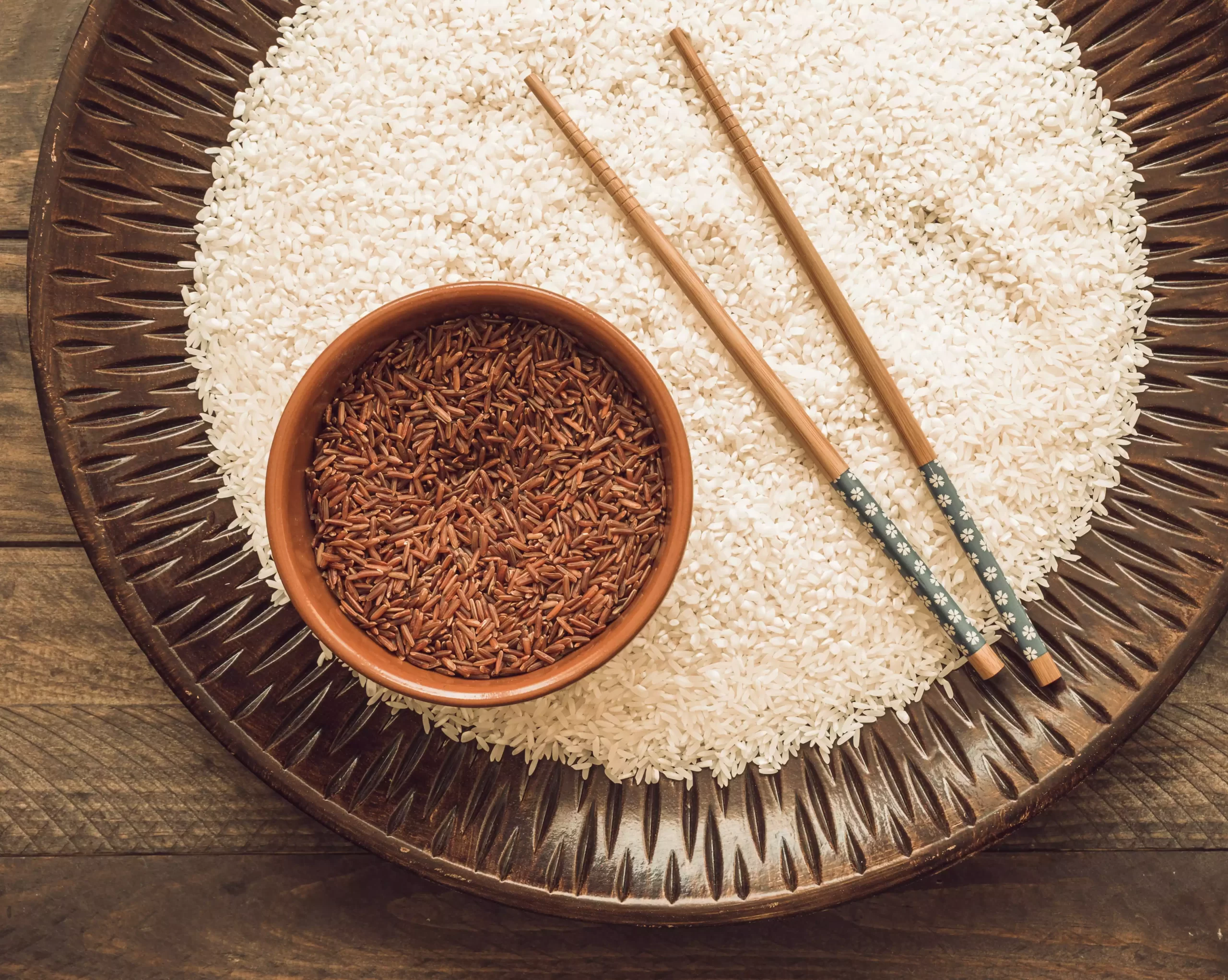
Here’s a breakdown to help you decide:
Brown Rice
- Best for: Nutrient density, fiber intake, managing blood sugar levels, heart health, and weight management.
- Consider if: You’re looking for a whole grain with a lower glycemic index, you’re managing diabetes or trying to improve heart health, or you’re aiming for a diet high in fiber and essential nutrients.
White Rice
- Best for: Quick energy, easier digestion, and culinary versatility.
- Consider if: You need a diet that’s easy on the digestive system (such as for certain gastrointestinal conditions), you prefer a milder flavor and softer texture, or you’re involved in high-intensity activities that require quick energy.
Key Considerations
- Nutritional Needs: If you require a diet higher in fiber and nutrients, brown rice is the better choice.
- Health Conditions: For those managing diabetes or at risk for heart disease, brown rice’s lower glycemic index may be beneficial. White rice is preferable for those with digestive issues or who need easily digestible foods.
- Taste and Texture Preference: Some prefer the nuttier, chewier texture of brown rice, while others prefer the softer, milder white rice.
- Cooking and Preparation: Brown rice takes longer to cook and may require more planning, whereas white rice is quicker and easier to prepare.
- Cost and Accessibility: White rice is often cheaper and more widely available.
- Dietary Restrictions: If you’re on a gluten-free diet, both are suitable, but for whole grain-focused diets, brown rice is preferable.
Personalized Decision
The “better” choice depends on your personal health goals, dietary needs, and preferences. If you’re looking for a nutrient-rich option and don’t mind the longer cooking time and distinct texture, brown rice is an excellent choice. On the other hand, if you need quick-cooking rice that’s gentle on the stomach and versatile in recipes, white rice might be more appropriate. For a balanced diet, you can even incorporate both types of rice, enjoying the unique benefits and flavors of each.
How to cook Brown Rice or White Rice?
Cooking brown rice and white rice involves different methods due to their distinct textures and components. Here’s a basic guide for cooking each:
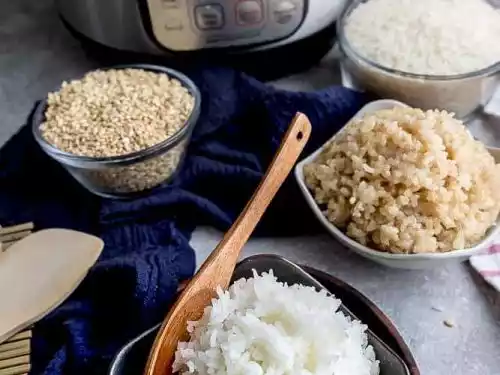
Cooking Brown Rice
-
- Rinse the Rice: Rinse brown rice under cold water to remove any dust or impurities.
- Water Ratio: Use a water-to-rice ratio of about 2 1/2 cups of water for every 1 cup of brown rice.
- Boiling the Water: Bring the water to a boil in a saucepan. Add a pinch of salt if desired.
- Adding the Rice: Once the water is boiling, add the rice.
- Reducing Heat and Simmering: Lower the heat to a simmer and cover the saucepan. Let the rice cook for about 45 minutes.
- Checking for Doneness: After 45 minutes, check if the rice is tender and the water is absorbed. If it’s not ready, cook for an additional 5-10 minutes.
- Resting: Once cooked, remove the pot from heat and let it sit, covered, for about 5-10 minutes. This allows the rice to steam and become fluffier.
- Fluffing and Serving: Fluff the rice with a fork before serving.
Cooking White Rice
-
- Rinsing the Rice: Rinse white rice under cold water to remove excess starch, which prevents the rice from becoming too sticky.
- Water Ratio: The water-to-rice ratio is typically 2:1 for white rice.
- Boiling the Water: In a saucepan, bring the water to a boil. You can add a pinch of salt for flavor.
- Adding the Rice: Add the rice to the boiling water.
- Reducing Heat and Covering: Lower the heat to a low simmer and cover the saucepan.
- Cooking Time: Cook for about 18-20 minutes. Avoid opening the lid during this time as the steam cooks the rice.
- Checking the Rice: After 20 minutes, check if the water is absorbed and the rice is tender. If not, cook for a few more minutes.
- Resting the Rice: Remove the saucepan from the heat and let it sit, covered, for 5 minutes. This lets the rice absorb any remaining steam and water.
- Fluffing and Serving: Fluff the rice with a fork and serve.
Tips for Both Types of Rice
-
- Measurements: Use a standard measuring cup for both rice and water for accuracy.
- Scaling: These methods can be scaled up or down depending on the amount of rice you need.
- Avoid Stirring: Stirring rice while it’s cooking can release starches and make it sticky.
- Adjust for Altitude: Cooking times may vary at high altitudes.
Rice cookers can also be used for both brown and white rice, with specific settings available on many models to accommodate the different cooking times and water ratios.
Conclusion
White Rice and Brown Rice are both beneficial and have their aspects to consider. Brown rice, in its entirety as a grain, is nutritionally nutritious, with higher levels of fiber minerals, vitamins, and nutrients. It is a good choice for people looking for a nutrient-rich option for managing blood sugar levels or seeking to improve healthy heart health.
White rice, though less in nutrients thanks to refinement, offers quick energy, a more digestible, and a wide range of culinary options. It is a great option for people with sensitive digestion or an astringent taste. The decision between these two is based on the individual’s preferences for a particular diet and health goals as well as lifestyle factors each type of food has its place in an appropriate diet.


